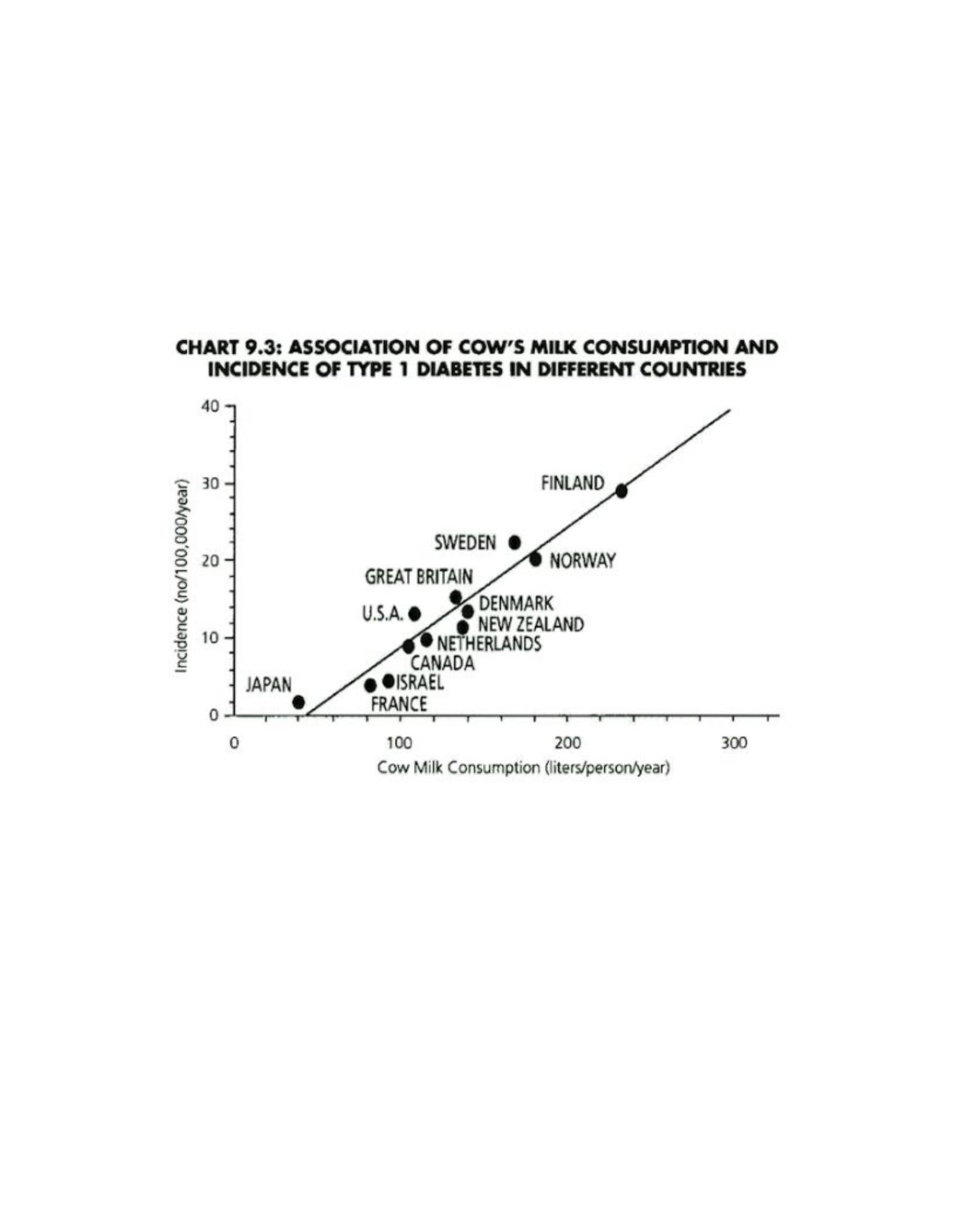
Gr oup 1
Mechanical thrombectomy -- an alternative treatment option in a patient with acute
ischemic stroke and multiple contraindications for systemic thrombolysis
Introduction
Acute ischemic stroke is a common cause of disability and death in developed countries.
Standard therapy for patients who present within 4.5 hours from the onset of
symptoms is intravenous thrombolysis if contraindications such as oral anticoagulation,
cancer or recent surg ery are ruled out. Apart from that, mechanical recanalization is a
new treatment option for patients with occlusion of major cerebral arteries as a cause
of ischemic stroke.
Case presentation
In this report we describe a 55-year-old Caucasian man with a right hemispheric
ischemic syndrome who presented in time but who had multiple contraindications
against systemic thrombolysis. He was then treated with mechanical recanalization and
recovered. On discharge from the hospital he had only a slight left-sided facial paresis
and discrete impairment of motion smoothness in his left hand.
Conclusion
We conclude that multimodal imag ing should be performed in all patients with an acute
onset of neurolog ical symptoms suspicious of ischemic stroke, even if they have
contraindications against an intravenous thrombolytic treatment.
Questions
• What is the study design?
• What is/are the main advantage(s)?
• What are the main limitations?

Hypothetical Scenario
A physician treated a young and otherwise healthy patient who came to her office
reporting numbness all over her body. T he physician could not determine any reason
for this numbness and had never seen anything like it. After taking an extensive history
the physician discovered that the patient had recently been to the beach for a vacation
and had used a very new type of spray sunscreen. The patient had stored the
sunscreen in her cooler at the beach because she liked the feel of the cool spray in the
hot sun.
The physician suspected that the spray sunscreen had undergone a chemical reaction
from the coldness which caused the numbness. She also suspected that because this is
a new type of sunscreen other physicians may soon be seeing patients with this
numbness.
The physician wrote up a report describing how the numbness presented, how and why
she concluded it was the spray sunscreen, and how she treated the patient. Later, when
other doctors began seeing patients with this numbness, they found that report helpful
as a starting point in treating their patients.
•What is the study design?
•What is/are the main advantage(s)?
•What are the main limitations?
Hypothetical Scenario
A physician treated a young and otherwise healthy patient who came to her office
reporting numbness all over her body. T he physician could not determine any reason
for this numbness and had never seen anything like it. After taking an extensive history
the physician discovered that the patient had recently been to the beach for a vacation
and had used a very new type of spray sunscreen. The patient had stored the
sunscreen in her cooler at the beach because she liked the feel of the cool spray in the
hot sun.
The physician suspected that the spray sunscreen had undergone a chemical reaction
from the coldness which caused the numbness. She also suspected that because this is
a new type of sunscreen other physicians may soon be seeing patients with this
numbness.
The physician wrote up a report describing how the numbness presented, how and why
she concluded it was the spray sunscreen, and how she treated the patient. Later, when

other doctors began seeing patients with this numbness, they found that report helpful
as a starting point in treating their patients.
•What is the study design?
•What is/are the main advantage(s)?
•What are the main limitations?
L ancet.
1981Sep 19;2(8247):598- 600.
K aposi's sarcoma in homosex ual men- a report of eig ht cases
The clinical finding s in eight young homosexual men in New Y ork
with Kaposi's sarcoma showed some unusual features. Unlike the form usually seen in
North America and Europe, it affected young er men (4th decade rather than 7th
decade); the skin lesions wee generalised rather than being predominantly in the lower
limbs, and the disease was more agg ressive (survival of less than 20 months rather 8-
13 years).
All eight had had a variety of sexually transmitted diseases. All those tested for
cytomegalovirus antibodies and hepatitis B surface antigen of anti-hepatitis B antibody
gave positive results. This unusual occurrence of Kaposi's sarcoma in a population
much exposed to sexually transmissible diseases suggests that such exposure may
play a role in its pathog enesis.
•What is the study design?
•What is/are the main advantage(s)?
•What are the main limitations?
L ancet.
1981Sep 19;2(8247):598- 600.
K aposi's sarcoma in homosex ual men- a report of eig ht cases
The clinical finding s in eight young homosexual men in New Y ork
with Kaposi's sarcoma showed some unusual features. Unlike the form usually seen in
North America and Europe, it affected young er men (4th decade rather than 7th
decade); the skin lesions wee generalised rather than being predominantly in the lower
limbs, and the disease was more agg ressive (survival of less than 20 months rather 8-
13 years).
All eight had had a variety of sexually transmitted diseases. All those tested for
cytomegalovirus antibodies and hepatitis B surface antigen of anti-hepatitis B antibody
gave positive results. This unusual occurrence of Kaposi's sarcoma in a population

much exposed to sexually transmissible diseases suggests that such exposure may
play a role in its pathog enesis.
•What is the study design?
•What is/are the main advantage(s)?
•What are the main limitations?
1. What is the design of this study?
2. What is the independent variable?
3. What is the dependent variable?
4. What is the measure of association between the two variables?
5. What is your impression about the relationship between the two
variables?

A study was conducted on 200 children to determine the prevalence of poor nutritional
status and its relationship with academic performance (both classified as poor and
good). 70 children were poorly nourished, and 60 showed poor academic performance.
40 children had both.
• What is the design of this study?
• What is the exposure?
• What is the outcome?
• What is the prevalence of poor nutritional status
• Identify the main strengths
• Identify the main limitations
• Construct the necessary table
A study was conducted on 200 children to determine the prevalence of poor nutritional
status and its relationship with academic performance (both classified as poor and
good). 70 children were poorly nourished, and 60 showed poor academic performance.
40 children had both.
• What is the design of this study?
• What is the exposure?
• What is the outcome?
• What is the prevalence of poor nutritional status
• Identify the main strengths
• Identify the main limitations
• Construct the necessary table
A study was conducted on 200 children to determine the prevalence of poor nutritional
status and its relationship with academic performance (both classified as poor and
good). 70 children were poorly nourished, and 60 showed poor academic performance.
40 children had both.
• What is the design of this study?
• What is the exposure?
• What is the outcome?
• What is the prevalence of poor nutritional status
• Identify the main strengths

• Identify the main limitations
• Construct the necessary table
